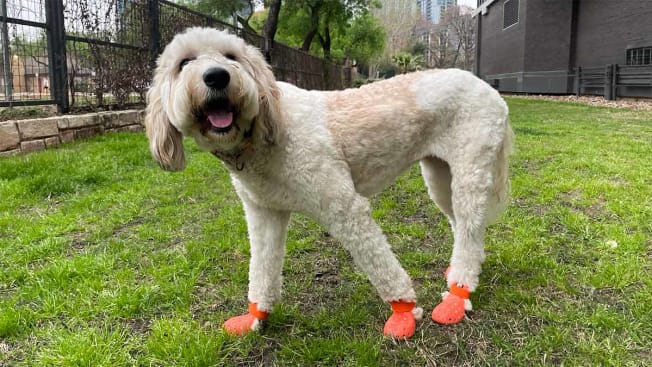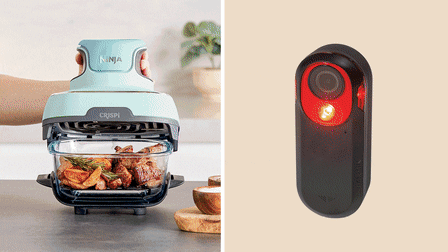Best Dog Shoes
We tested dog boots and shoes for water, heat, and cold resistance and let our favorite dog volunteers take them for a stroll
When you shop through retailer links on our site, we may earn affiliate commissions. 100% of the fees we collect are used to support our nonprofit mission. Learn more.

Giving dogs the best of everything is big business. There are luxurious dog beds that lull them to sleep, automatic ball throwers that keep them on their toes, and even diamond-encrusted dog collars that make them look like royalty. Some pet owners spare no expense to ensure their pooches are healthy, comfortable, and fashionable. Although some have been outfitting their pups in holiday sweaters and raincoats for years, it’s not every day you spot a pooch wearing shoes—but don’t be surprised if that changes.
Your Guide to the Best Pet Products
Our Pup Volunteers
Five pups stepped up for the challenge of wearing five pairs of dog shoes and giving us their honest feedback. Dogs are bad liars and will let you know if they want shoes off their paws ASAP. Our volunteers were Seven, a 20-pound Boston terrier; Nova, a 55-pound Husky; Smudge, a 45-pound Australian shepherd; Xena, a 58-pound Goldendoodle; and Blake, a 45-pound Labradoodle. None of them had worn dog shoes before, so take this into account: It can take time to train a dog to wear shoes and enjoy the experience.




















